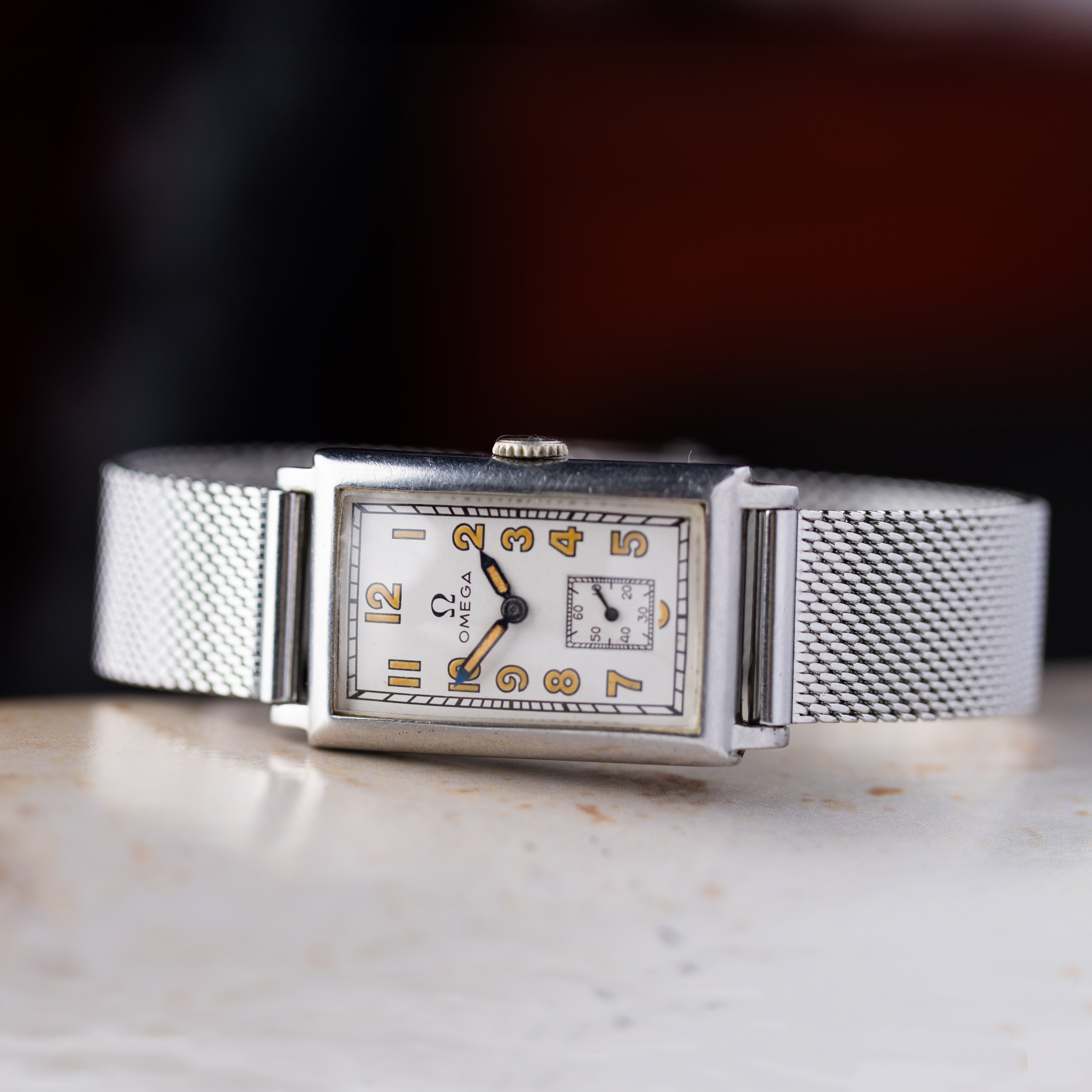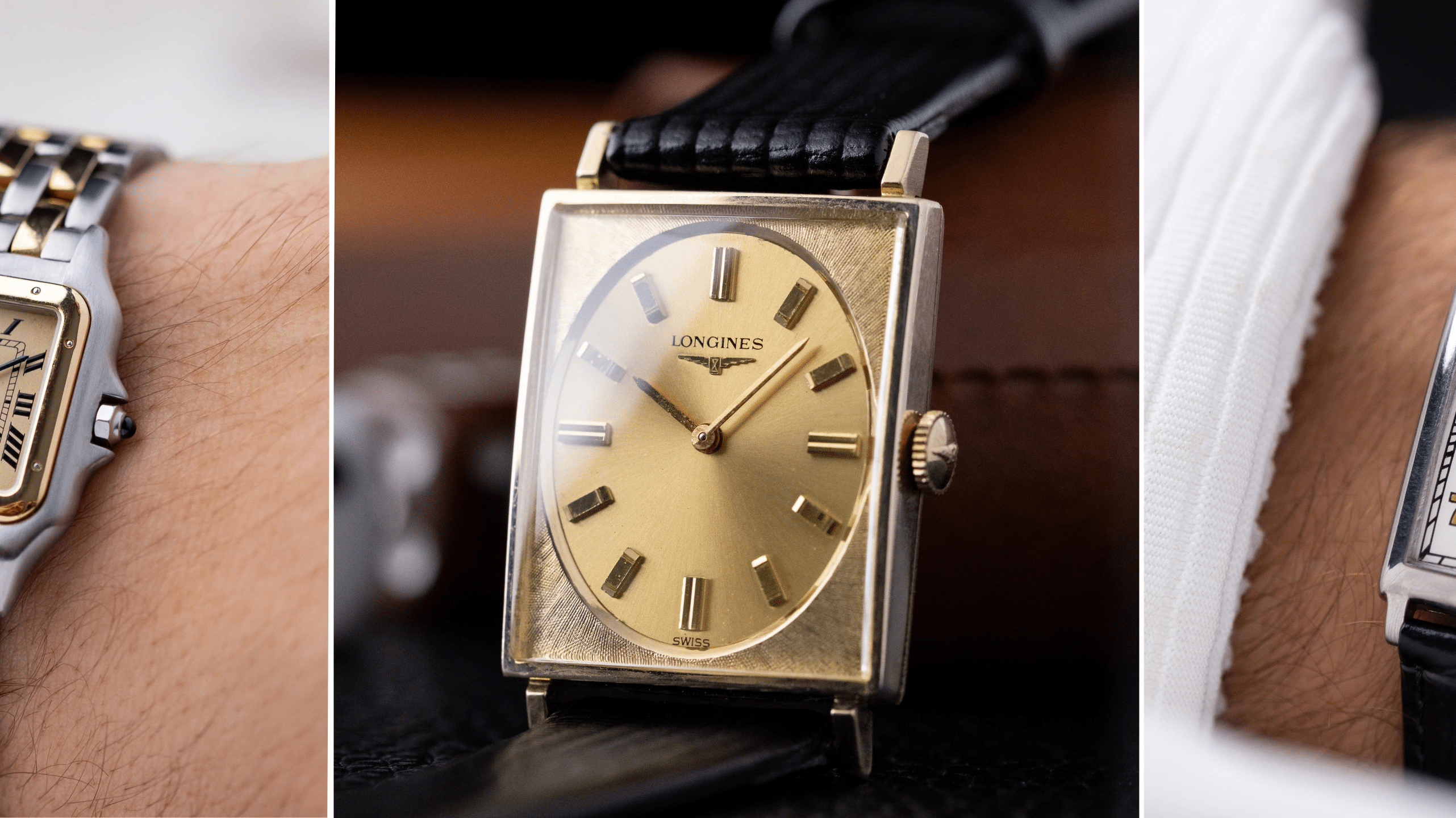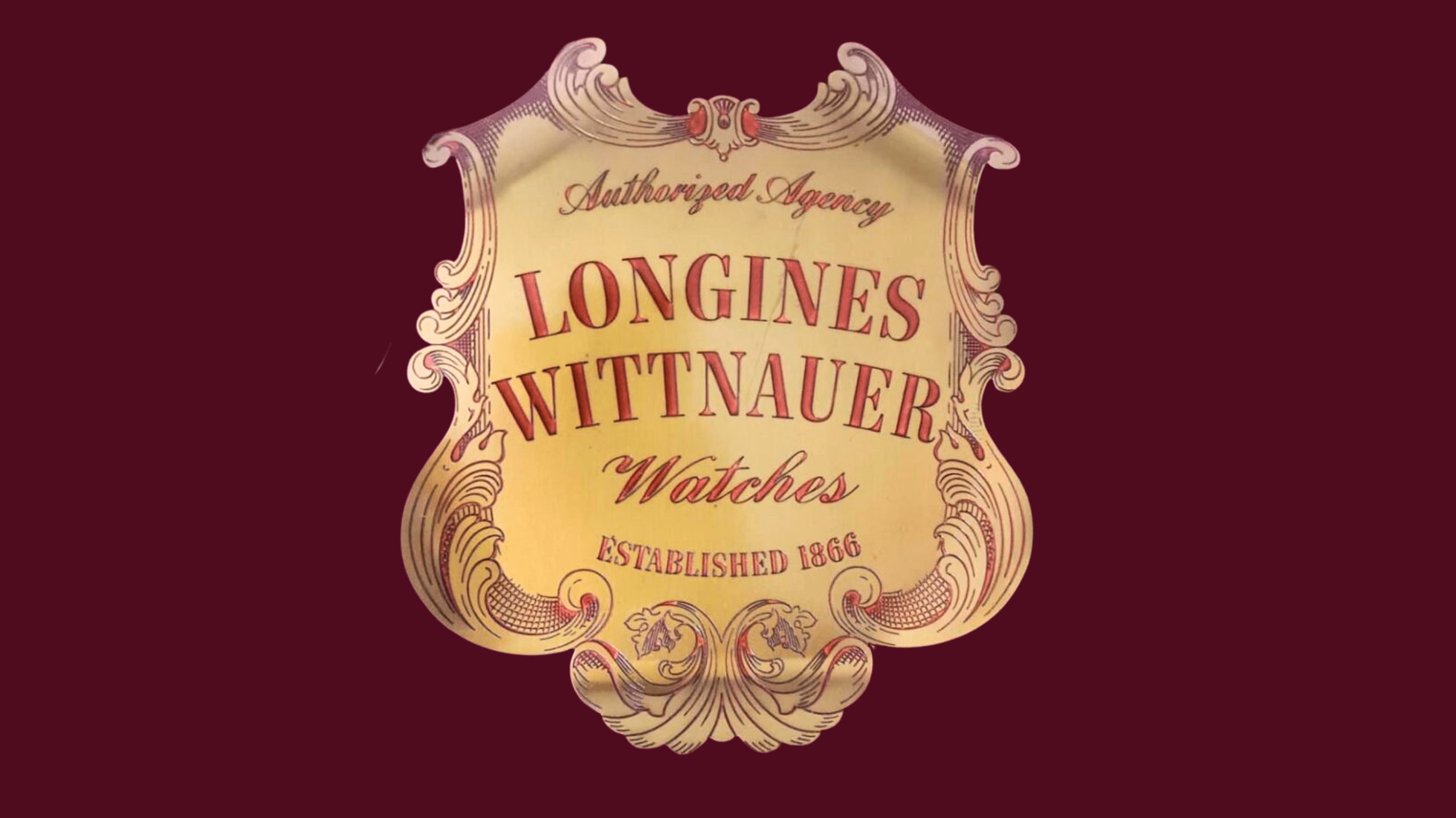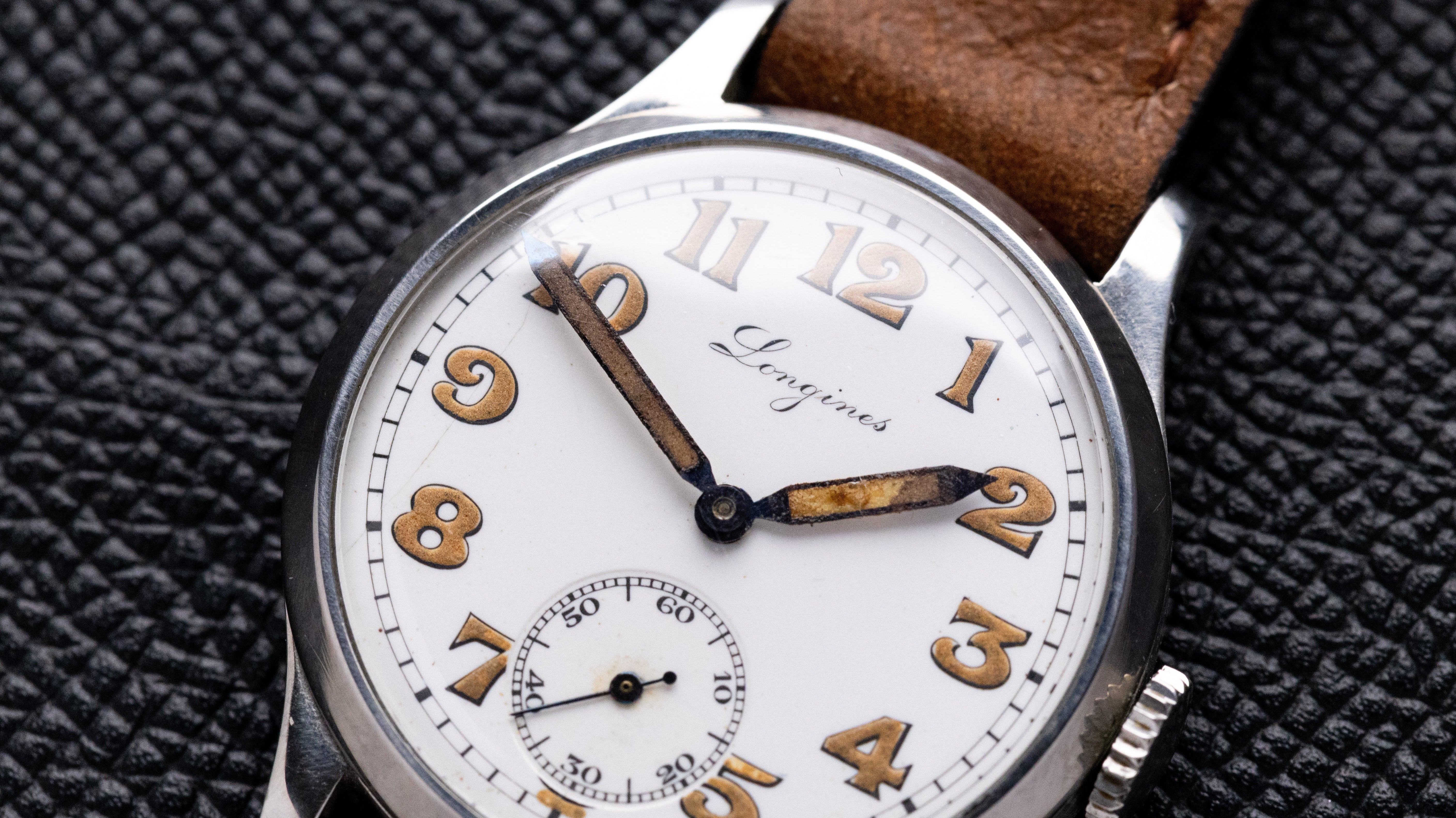The Omega Speedmaster sports chronograph is renowned for its precision, durability, and reliability. Quickly achieving legendary status, the Speedmaster became an iconic watch tied to space exploration, earning the nickname "Moonwatch." Over 63 years of production, the Omega Speedmaster has evolved into a standalone brand and style icon.
In 1957, Omega introduced a sports racing chronograph with a tachymeter scale, the first to be positioned on the bezel. This innovation gave the model its name—Speedmaster. Initially, it was part of the "Master" series, which included three models: the Omega Seamaster 300 ref. CK2913, Omega Railmaster ref. CK2914, and Omega Speedmaster ref. CK2915.
The First Speedmaster: Ref. CK2915 "Broad Arrow"
The Speedmaster ref. CK2915, designed by Swiss watchmaker Claude Baillod, debuted with several defining features: a chronograph with three subdials, high-contrast markers for indices, domed Plexiglas, straight lugs, "Broad Arrow" hands, and a stainless steel bezel engraved with a black tachymeter scale. The dial was perfectly balanced and proportioned, housed in a 39mm case. It was powered by the Calibre 321 movement, based on the Lemania cal. 2310 ebauche. Introduced in 1942, Calibre 321 was considered one of the best column-wheel chronograph movements of its time.
Evolution: Ref. CK2998 and Beyond
In 1959, Omega released the ref. CK2998 with "Alpha" hands and a black aluminum bezel for enhanced readability. The case diameter increased to 40mm, and the model introduced an O-ring seal around the pushers to improve water resistance.
The Speedmaster continued to evolve with ref. ST 105.002 in 1962 and ref. 105.003 in 1963, marking the introduction of the iconic "baton" hands. In 1963, the asymmetrical ref. ST 105.012 featured a 42mm case with "Lyre" lugs and enhanced water resistance. This case design remains largely unchanged today.

The Space Connection
By the early 1960s, NASA's Mercury program was nearing completion, and astronaut Wally Schirra wore his personal Speedmaster ref. CK2998 during a flight on October 3, 1962. As NASA prepared for Gemini and Apollo programs, they required a watch capable of enduring the harsh conditions of space. In 1962, NASA secretly purchased several chronographs, including models from Longines, Rolex, and Omega, for rigorous testing.
In March 1965, the Omega Speedmaster ref. ST105.012 was the only watch to pass NASA’s stringent 11-test Qualification Test Procedures. Omega learned of this success only after astronaut Ed White wore the Speedmaster during the Gemini 4 mission's first American spacewalk in June 1965.
Later that year, the Speedmaster gained the "Professional" designation on its dial, and ref. 145.012 debuted in 1968 with the updated Calibre 861 movement, a robust successor to the Calibre 321.
Moon Landing Legacy
On July 20, 1969, the Speedmaster cemented its place in history during the Apollo 11 moon landing. Neil Armstrong left his Speedmaster aboard the lunar module as a backup timepiece, while Buzz Aldrin wore his on the lunar surface. Aldrin's watch was later stolen and remains missing. To celebrate the lunar landing, Omega introduced the first numbered commemorative edition, ref. BA145.022, a gold Speedmaster with Calibre 861 and a burgundy bezel. Only 1,014 pieces were produced between 1969 and 1973.

Speedmaster Innovations
In 1969, Omega introduced the Speedmaster Mark series (Mark II, III, IV, and V) as part of the "Alaska Project," a collaboration with NASA to enhance the watch's durability under extreme conditions. Notably, the Speedmaster contributed to the Apollo 13 mission's success when astronaut Jack Swigert used it to time a crucial 14-second engine burn for re-entry into Earth's atmosphere, earning Omega the prestigious "Silver Snoopy Award."
In 1978, the Speedmaster Professional was selected as the official chronograph for the Space Shuttle program. By the 1990s, the Speedmaster underwent additional testing aboard Russia's Mir space station, reaffirming its reliability in space.
Limited Editions and Modern Iterations
Omega has produced numerous special editions to honor its space legacy, including the 40th and 50th-anniversary Apollo 11 models. In 2019, Omega revived the iconic Calibre 321 movement, introducing the Speedmaster Moonwatch 321 Platinum, featuring a 42mm platinum case, black ceramic bezel, and meteorite subdials.
Looking forward, Omega is developing a Speedmaster for Mars missions, designed to withstand extreme temperature fluctuations from -133°C to +27°C. Many current Speedmaster models feature the manually wound Calibre 1861, an updated and rhodium-plated version of the Calibre 861, celebrated for its precision and reliability.
The Speedmaster's journey from racetracks to the moon and beyond has made it a true icon of horology, blending history, innovation, and unparalleled craftsmanship.
Read other Omega fascinating stories:
Omega Dynamic
Omega Cosmic
Omega Constellation
Omega Seamaster
Omega Ladymatic








